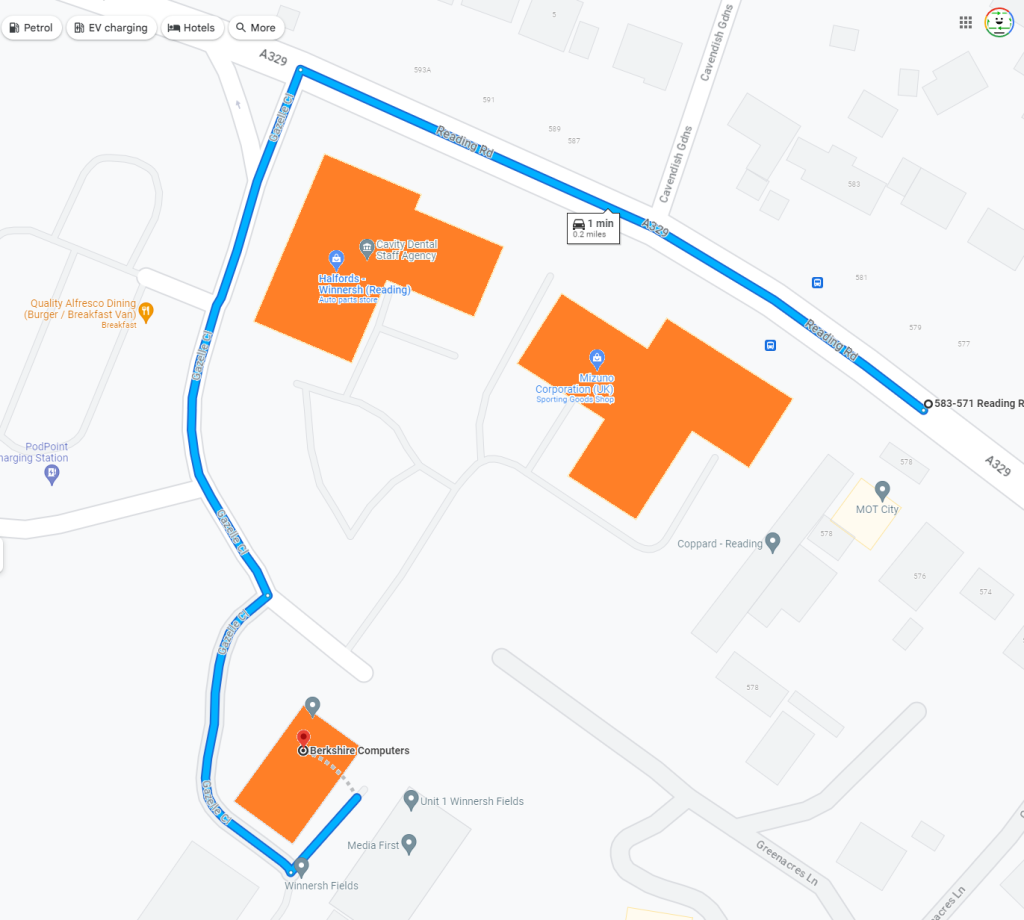Understanding Google Sync and Its Implications for Students
In recent weeks, many parents have encountered new requirements from their children’s schools regarding digital classroom accessibility. A notable case involves a fifth-grade student whose school has mandated the use of ‘Google Sync’ for accessing Google Classroom, raising questions about privacy and control over personal devices.
As parents, it’s natural to feel uneasy when educational institutions request the installation of specific extensions or applications, especially on devices not supplied by the school. In this scenario, the school is asking for the installation of a ‘NetRef’ extension to monitor attendance, which has sparked a significant conversation among concerned parents.
Currently, the student is able to access all necessary class materials without syncing his account. This raises the question: why the push for this particular extension at this stage, especially when they’ve been managing just fine for the past three weeks of school?
As a parent, having a strong stance on your child’s digital privacy is completely justified. It’s essential to consider multiple factors before agreeing to implement new Software on personal devices. Will this have implications on data privacy? Is the extension genuinely necessary for educational purposes? These are crucial points to contemplate.
While the school is likely taking steps to enhance their attendance tracking and overall classroom experience, it’s also important for parents to advocate for their children’s needs. If you’re hesitant about installing ‘NetRef’ or any similar Software, you’re not alone. It’s perfectly reasonable to express your concerns and seek clarity from school officials regarding their policy changes and the necessity of such tools.
Navigating the intersection of education and technology can be challenging, especially when the lines between school and home technology begin to blur. Engaging in an open dialogue with educators about how these requirements serve the students best might be a beneficial step forward. Ultimately, it’s about ensuring a safe and supportive learning environment for our children, both in-person and online.
Do you have thoughts or experiences to share regarding similar educational technology requirements? It’s always helpful to hear different perspectives as we navigate these new terrains together.
Share this content:



